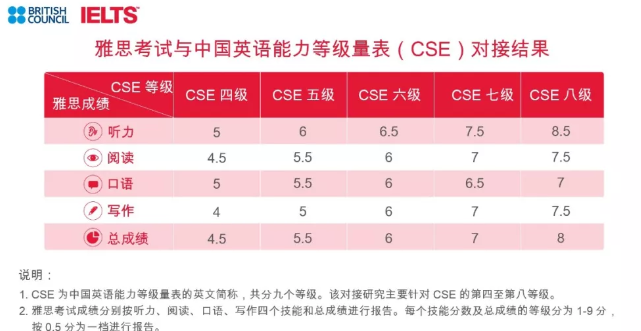LSAT考试模拟试题:LSAT考试试题一d
|
15. Which one of the following most accurately expresses the main idea of the passage? (A) At present, no single hypothesis explaining the latitudinal gradient in numbers of species is more widely accepted than any other. 16. Which one of the following situations is most consistent with the species-energy hypothesis as described in the passage? (A) The many plants in a large agricultural tract represent a limited range of species. 17. As presented in the passage, the principles of the time theory most strongly support which one of the following predictions? (A) In the absence of additional ice ages, the number of species at high latitudes could eventually increase significantly. 18. Which one of the following, if true, most clearly weakens the rate-of-speciation hypothesis as it is described in the passage? (A) A remote subgroup of a tropical species is reunited with the original population and proves unable to interbreed with members of this original population 19. Which one of the following inferences about the biological characteristics of a temperate-zone grassland is most strongly supported by the passage? (A) It has more different species than does a tropical-zone forest. 20. With which one of the following statements concerning possible explanations for the latitudinal gradient in number of species would the author be most likely to agree? (A) The time theory is the least plausible of proposed hypotheses, since it does not correctly assess the impact of ice ages upon tropical conditions. Two impressive studies have reexamined Eric Williams' conclusion that Britain's abolition of the slave trade in 1807 and its emancipation of slaves in its colonies in 1834 were driven primarily by economic (5) rather than humanitarian motives. Blighted by depleted soil, indebtedness, and the inefficiency of coerced labor, these colonies, according to Williams, had by 1807 become an impediment to British economic progress. (10) Seymour Drescher provides a more balanced view. Rejecting interpretations based either on economic interest or the moral vision of abolitionists, Drescher has recostructed the populist characteristics of British abolitionism, which appears to have cut across lines of (15) class, party, and religion. Nothing that between 1780 and 1830 antislavery petitions outnumbered those on any other issue, including parliamentary reform,Drescher concludes that such support cannot be explained by economic interest alone, especially when (20) much of it came from the unenfranchised masses, Yet, aside from demonstrating that such support must have resulted at least in part from widespread literacy and a tradition of political activism, Drescher does not finally explain how England, a nation deeply divided by class (25) struggles, could mobilize popular support for antislavery measures proposed by otherwise conservative politicians in the House of Lords and approved there with little dissent. David Eltis' answer to that question actually (30) supports some of Williams' insights. Eschewing Drescher's idealization of British traditions of liberty, Eltis points to continuing use of low wages and Draconian vagrancy laws in the seventeenth and eighteenth centuries to ensure the industriousness of (35) British workers. Indeed, certain notables even called for the enslavement of unemployed laborers who roamed the British countryside—an acceptance of coerced labor that Eltis attributes to a preindustrial desire to keep labor costs low and exports competitive. (40) By the late eighteenth century, however, a growing home market began to alert capitalists to the importance of "want creation" and to incentives such as higher wages as a means of increasing both worker productivity and the number of consumers. (45) Significantly, it was products grown by slaves, such as sugar, soffee, and tobacco, that stimulated new wants at all levels of British society and were the forerunners of products intended in modern capitalist societies to satisfy what Eltis describes as "nonsubsistence or (50) psychological needs." Eltis concludes that in an economy that had begun to rely on voluntary labor to satisfy such needs, forced labor necessarily began to appear both inappropriate and counterproductive to employers. Eltis thus concludes that, while Williams (55) may well have underestimated the economic viability of the British colonies employing forced labor in the early 1800s, his insight into the economic motives for abolition was partly accurate. British leaders became committed to colonial labor reform only when they (60) became convinced, for reasons other than those cited by Williams, that free labor was more beneficial to the imperial economy |








